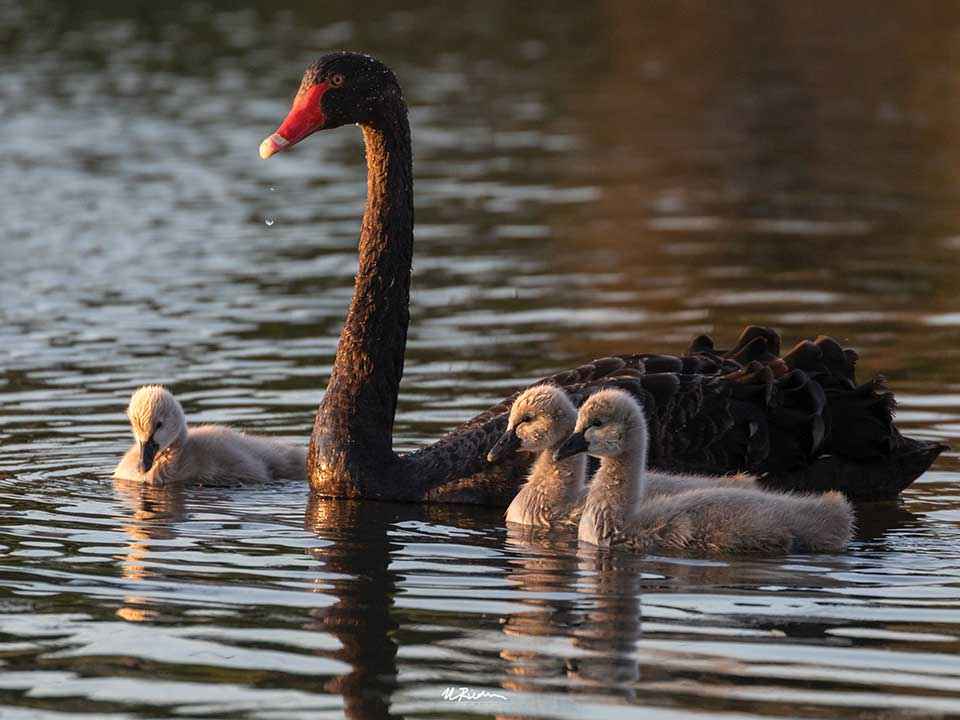Victorian Landcare Magazine - , Issue 89

High-pathogenicity avian influenza (HPAI) is a highly contagious viral disease that can cause severe illness and death in birds.
A new strain of the virus, HPAI H5N1, is more concerning than previous strains, as it causes mass mortality not only in poultry, but also in wild birds and some mammals. There is no effective treatment and the prognosis for animals with the disease is poor.
At the time of printing, HPAI H5N1 has not yet been detected in animals in Australia. However, the global HPAI H5N1 situation means an increased risk of this disease arriving in Australia and infection of local wild birds and other native wildlife.
We are asking everyone to remain alert for indicators of bird flu and be aware of the signs and reporting processes via wildlife.vic.gov.au/sick-injured-or-orphaned-wildlife/high-pathogenic-avian-influenza.
A number of linked commercial egg farms have been confirmed infected with the bird flu H7 strain in northern Victoria. Importantly, this is completely unrelated to the H5N1 variant that is yet to reach Australia. To read more about the H7 bird flu outbreak visit www.agriculture.vic.gov.au/biosecurity/animal-diseases/poultry-diseases/avian-influenza-bird-flu